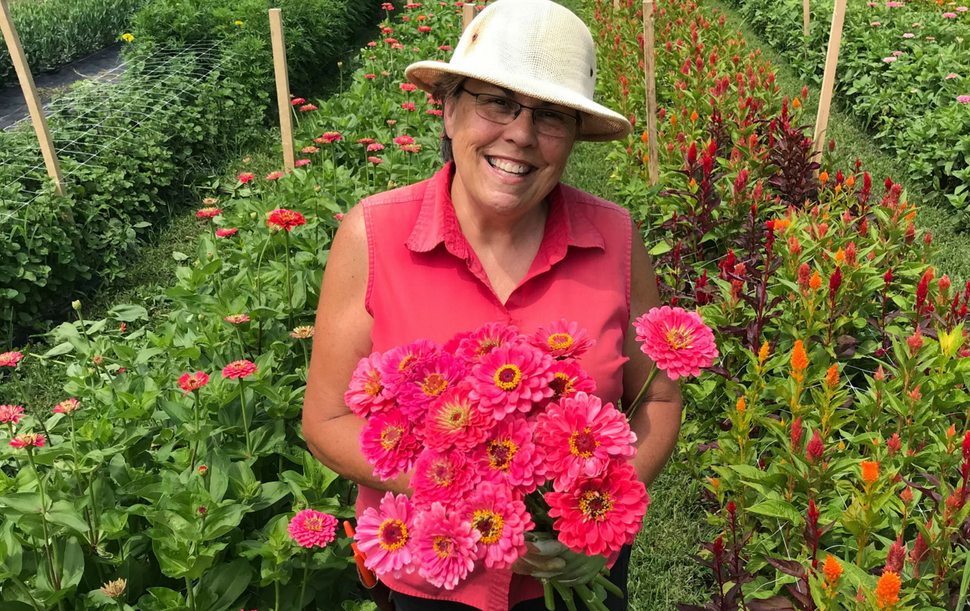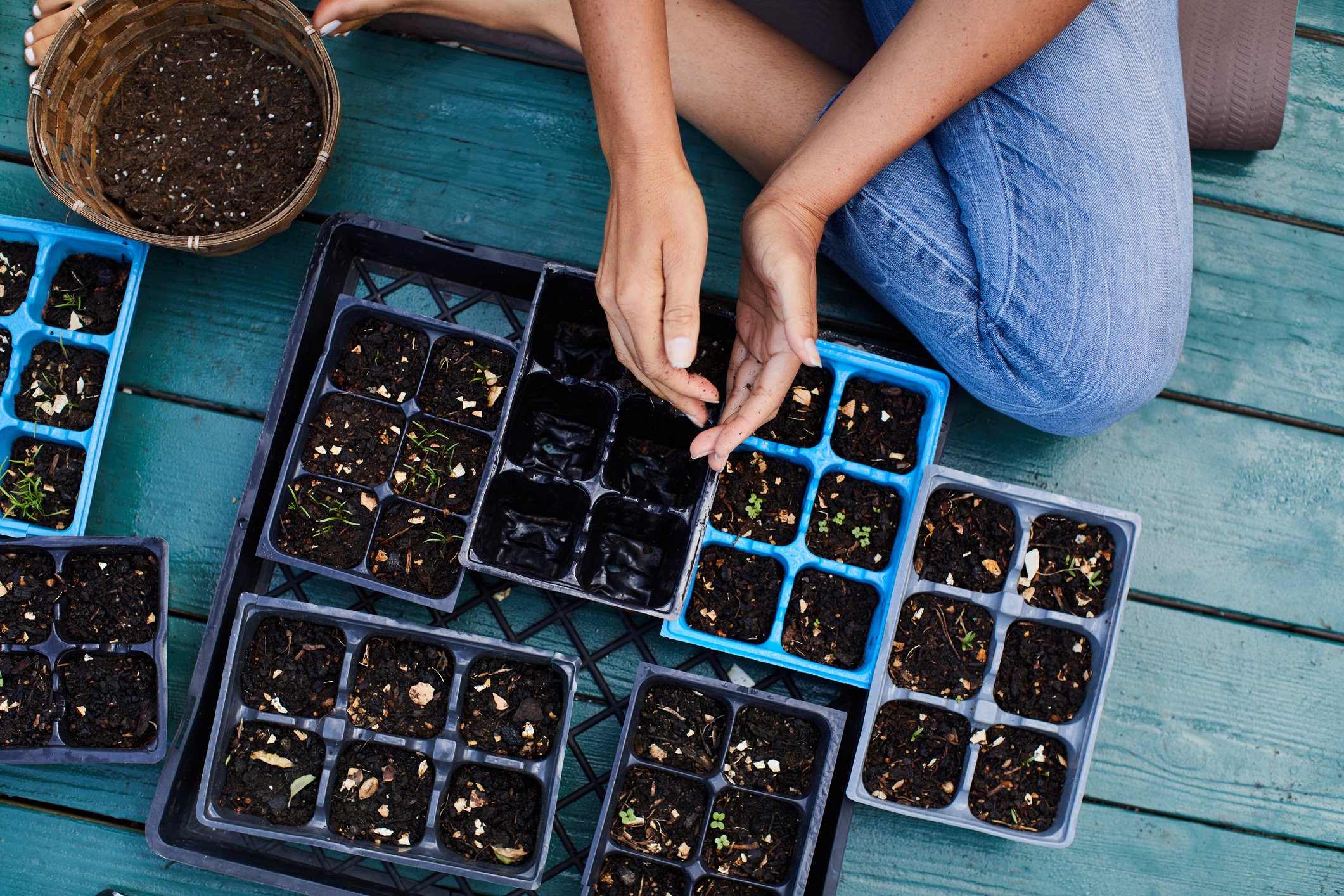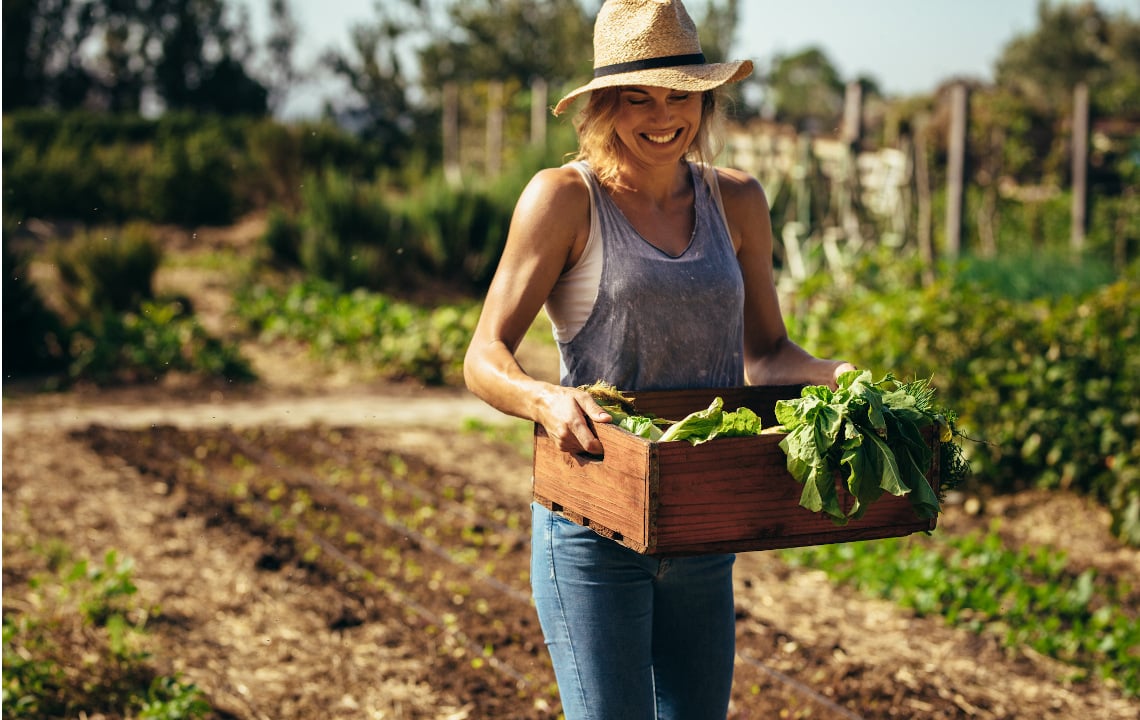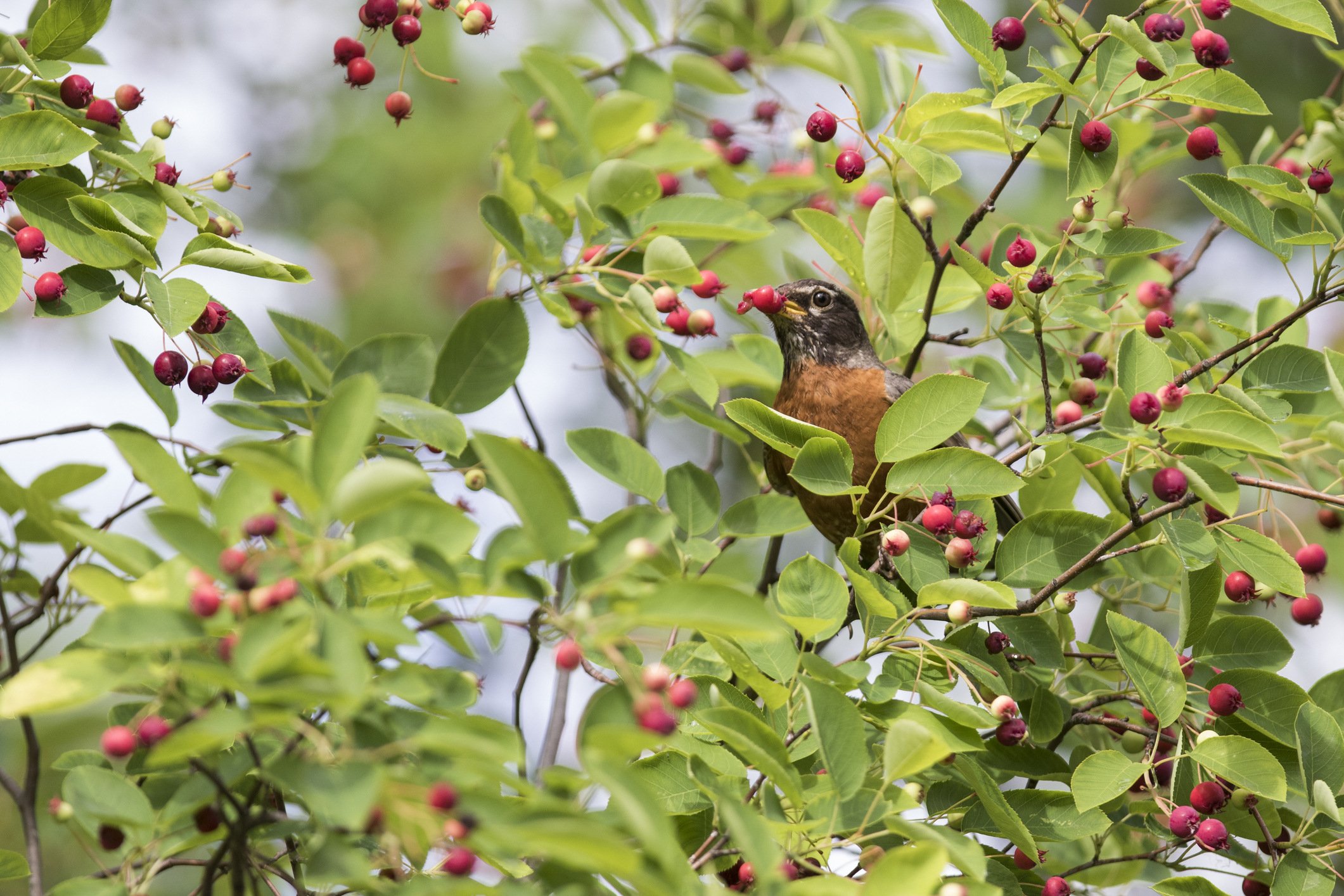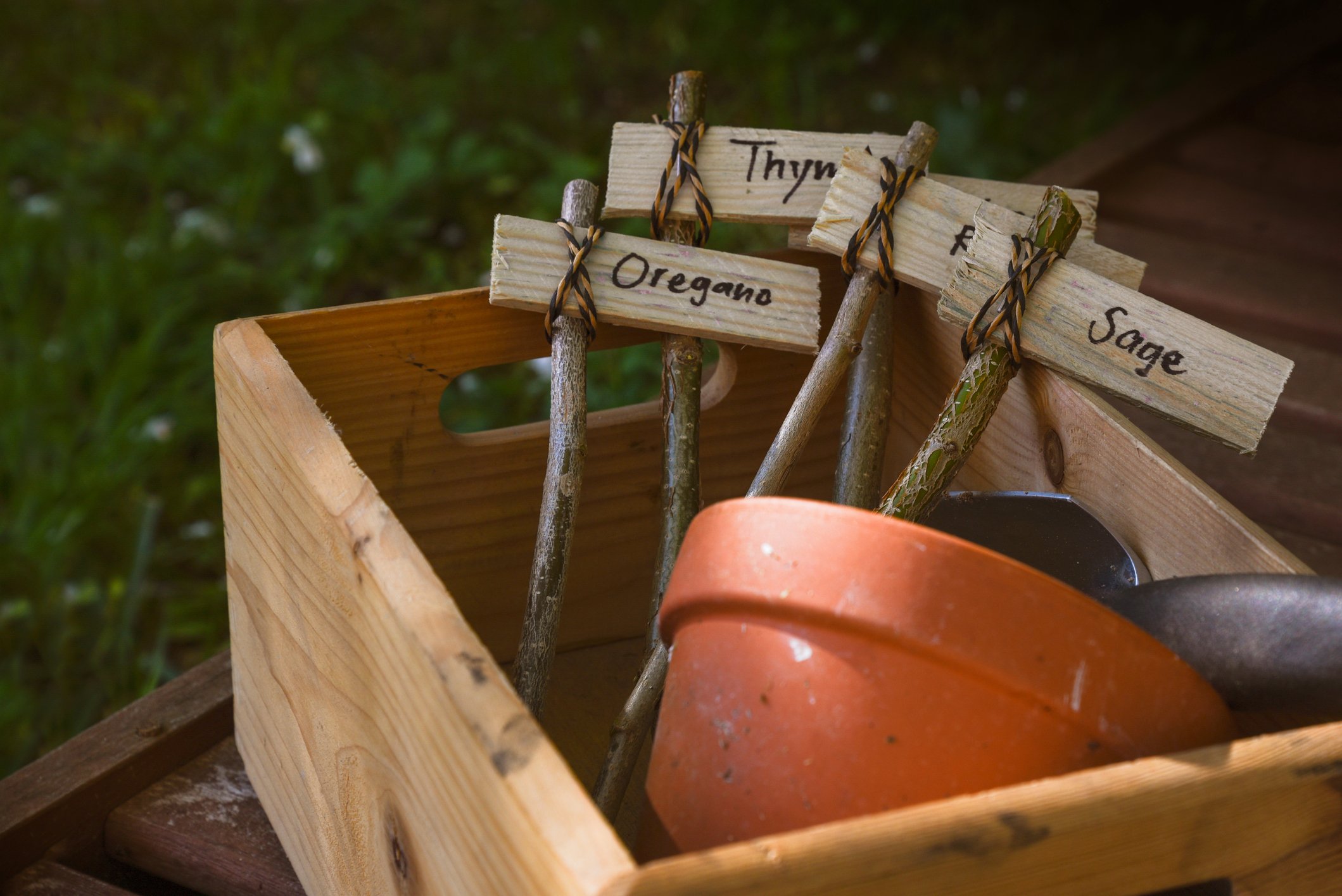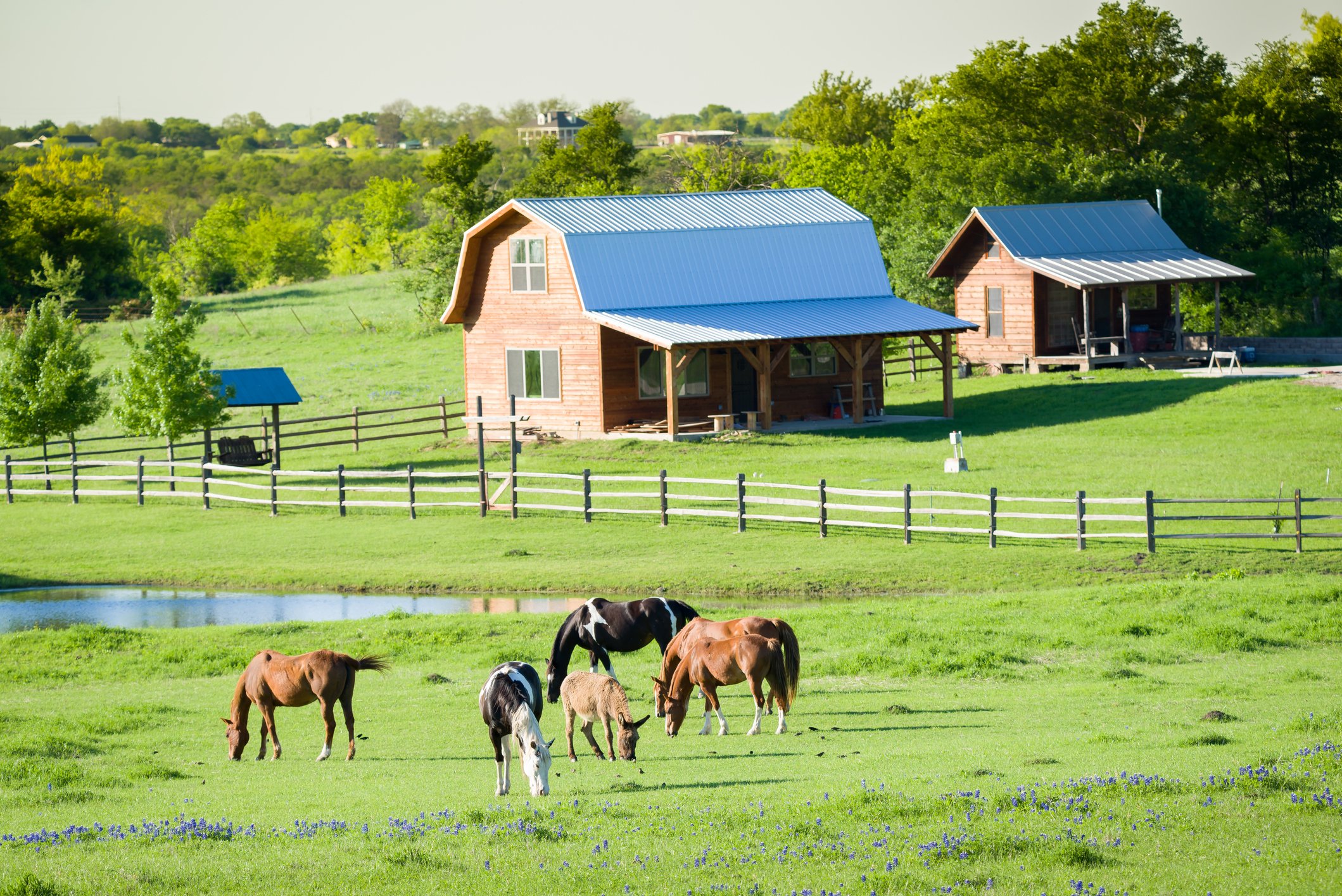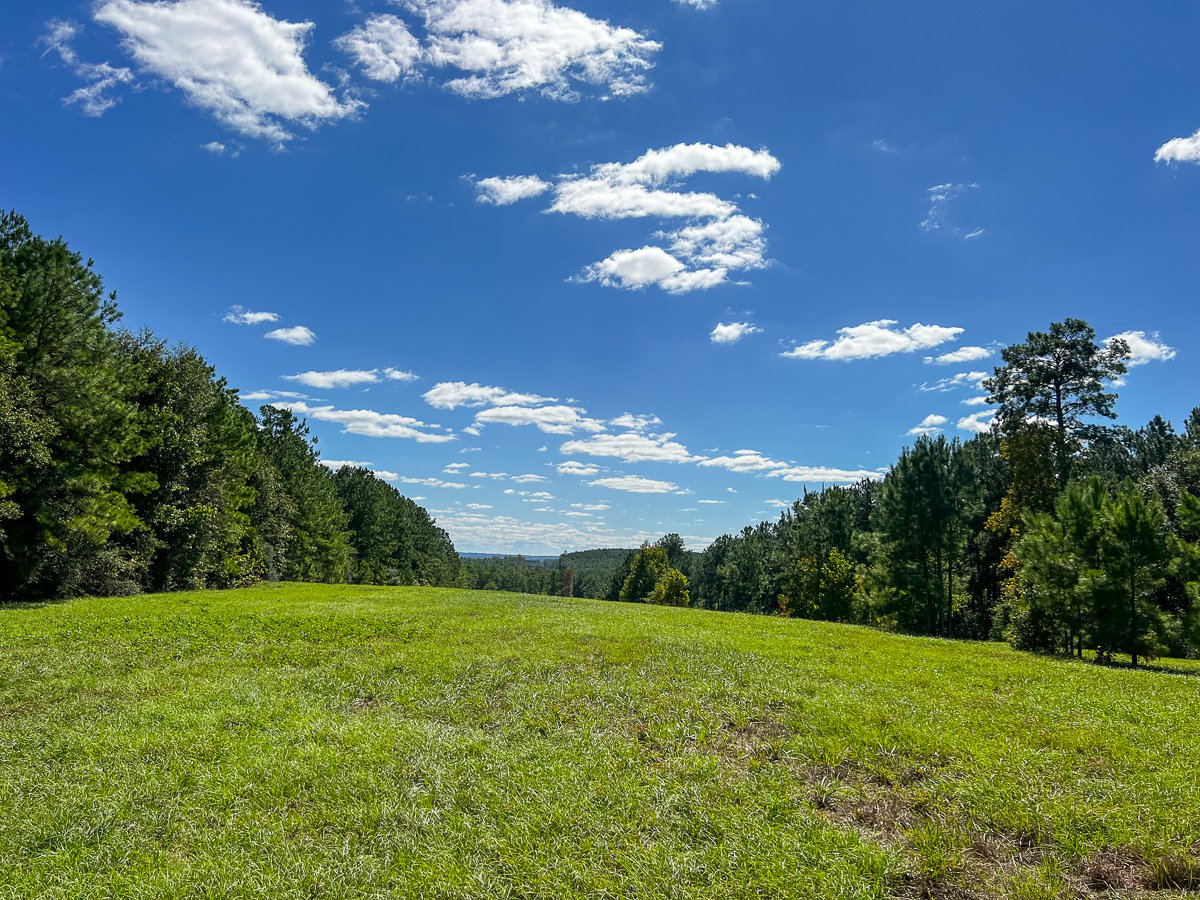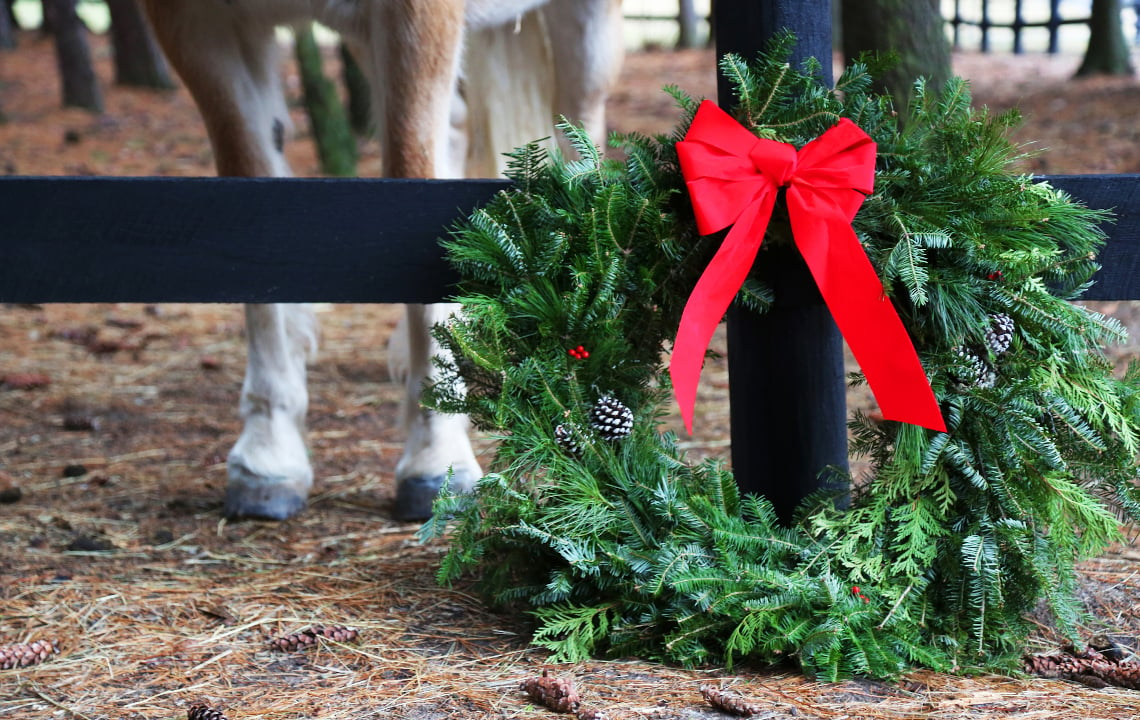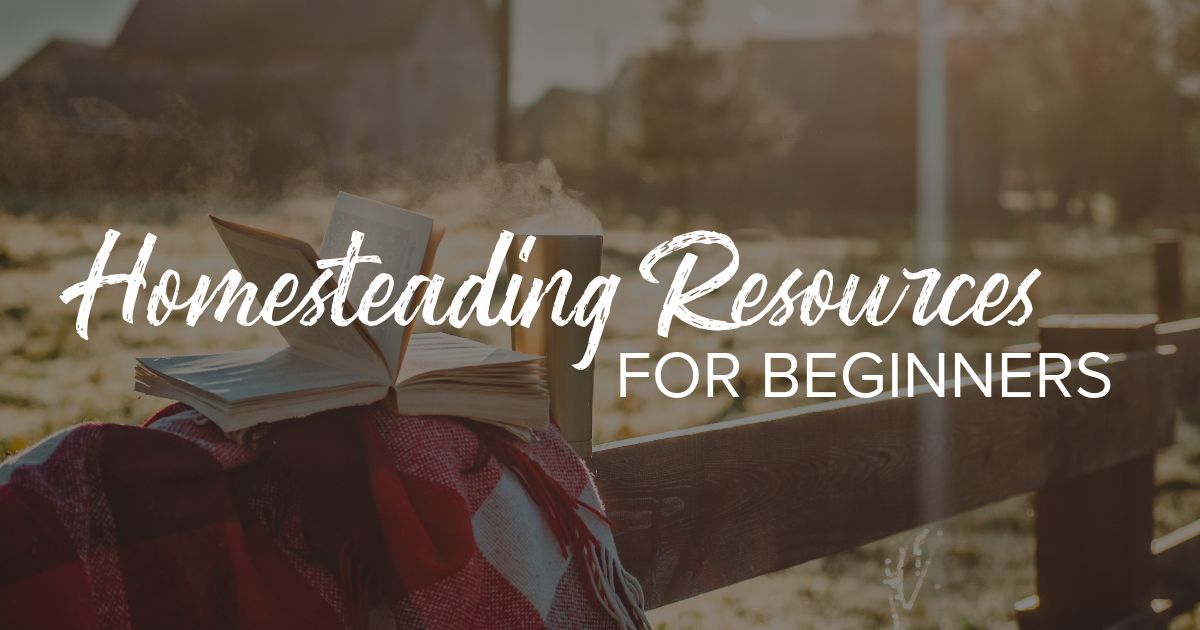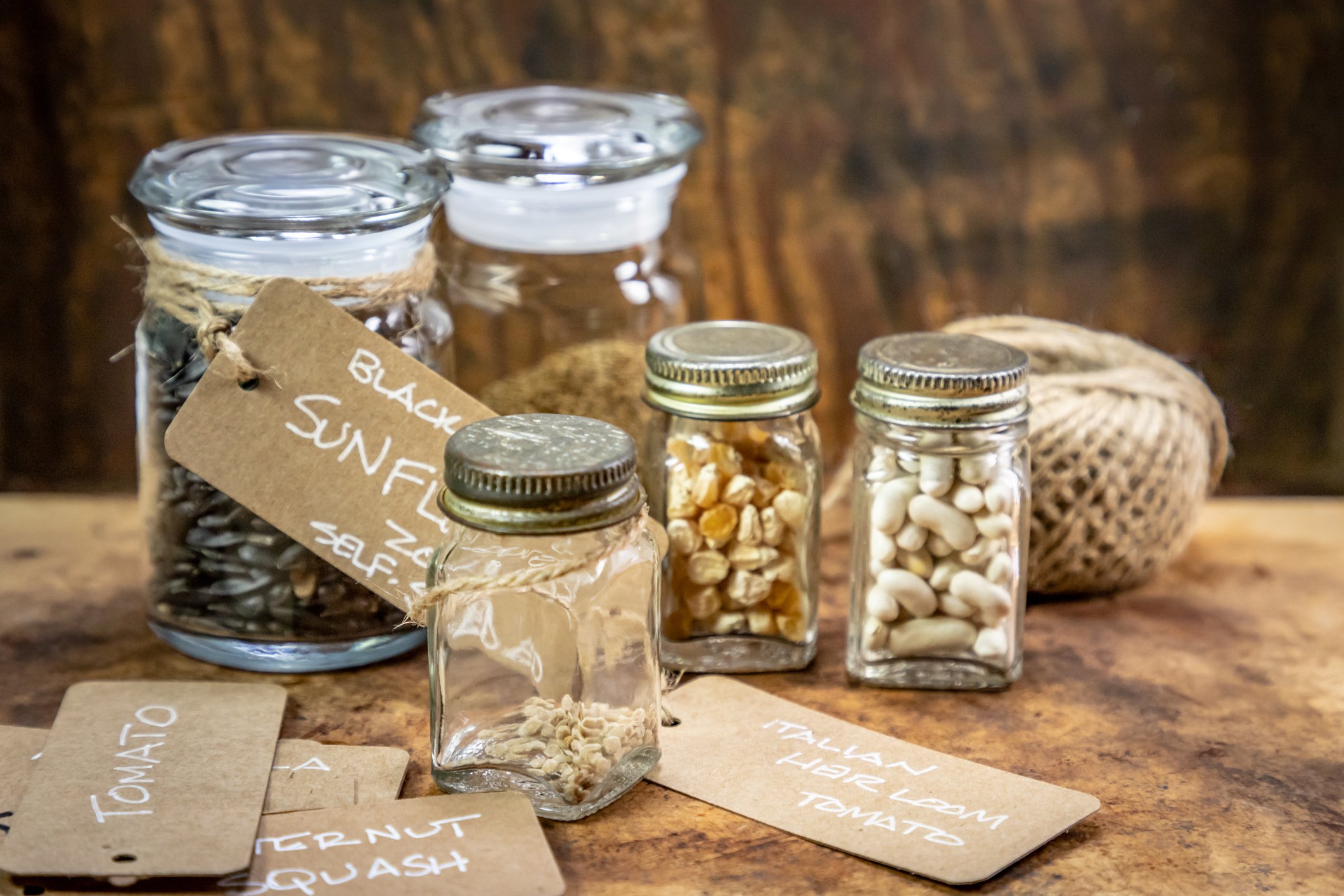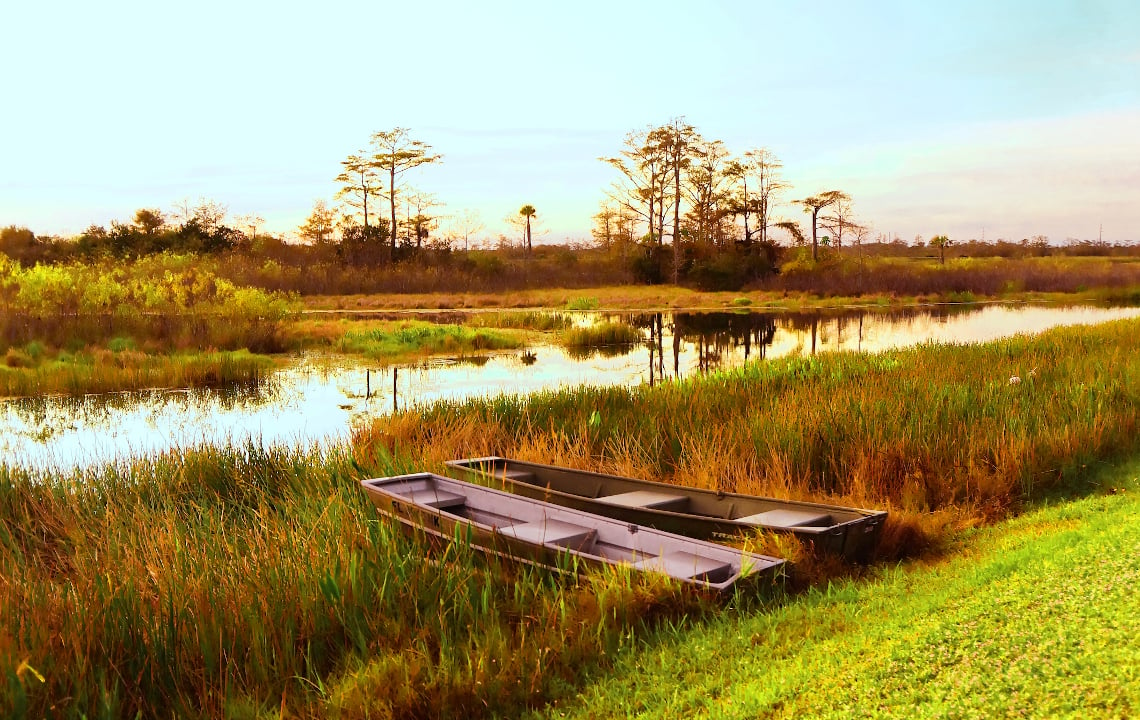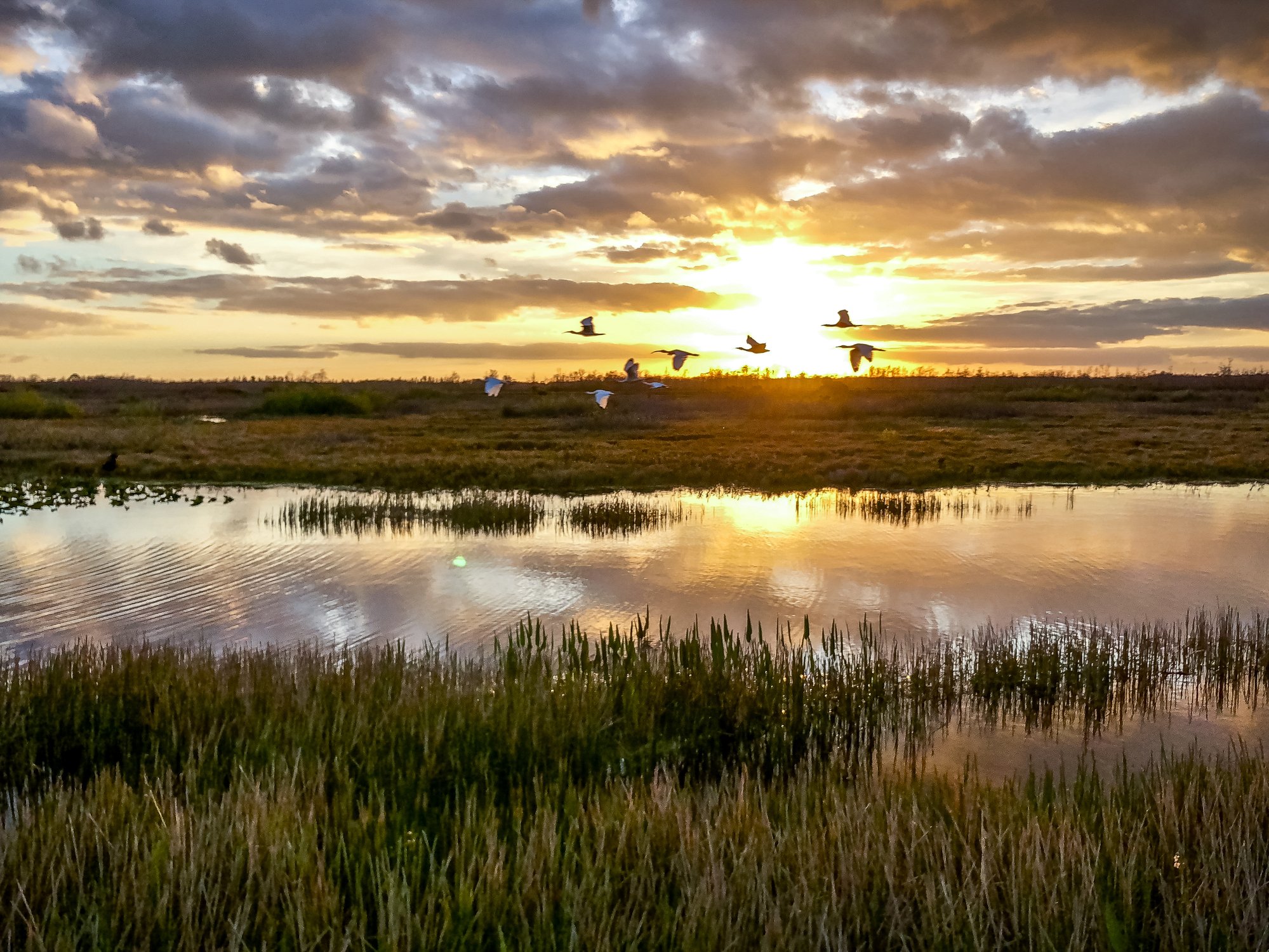Raising beautiful cut flowers can add beauty to your property while raising income for your family. Here are six tips to follow to run your own flower farm business.
Growing flowers the old-fashioned way – with Mother Nature as your partner – can paint your land with vibrant colors and put green in your bank account.
Expert Advice for Starting a Cut-Flower Business
We spoke with cut-flower farmer expert Lisa Mason Ziegler of Newport News, Virginia, about dos and don’ts for the home producer to grow flowers sustainably. As owner of The Gardener’s Workshop, Ziegler has been farming flowers as a business for decades. Each year, she gives upwards of 100 presentations about growing a successful garden without using pesticides.
“You don’t have to do it at 80 miles an hour,” Ziegler says about launching a flower farm business. “You do it at 30 miles an hour and create some income for your family, all while still doing something you love.”
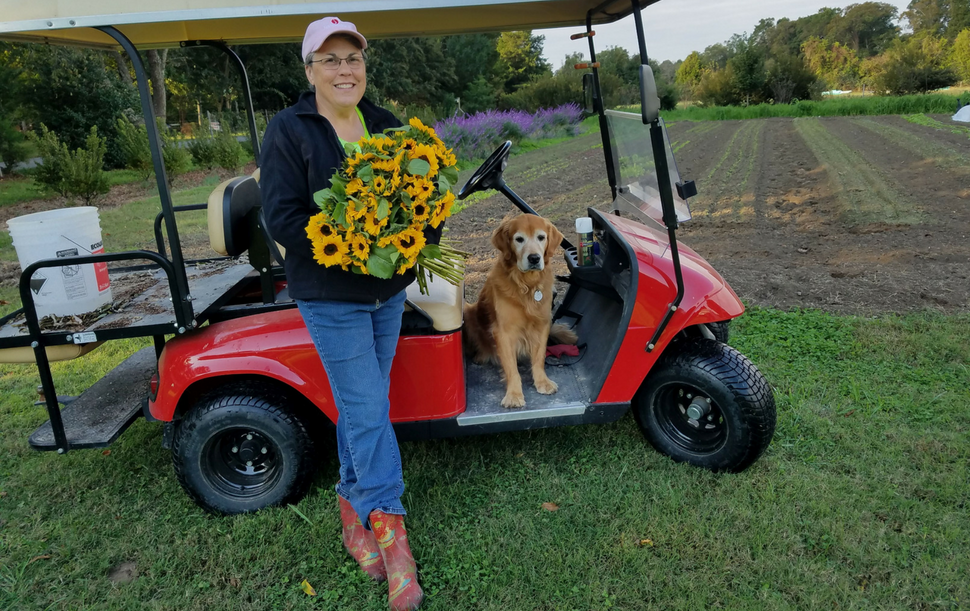
“You don’t have to have a big farm,” she says. “On a small space, people can generate an excellent supplemental income for their family, work at home, and have a job they love.”
Ziegler’s cut-flower farm is on 3 acres of land with just 1.5 acres in production. At her busiest, she produced and sold 15,000 stems of flowers each week between May and October.
Ziegler got into flowers 20 years ago, gradually moving from using pesticides to a more natural approach.
“In the beginning, I did use pesticides because it seemed to be a quick and easy fix to the problem,” she says. “But then, as my flower business took off and I started growing more flowers and getting busier, I didn’t have time to do that anymore.”
Mother Nature turned out to do a better job than the expensive pesticides she’d been using.
“Pests were being controlled at a very tolerable level,” she says. “Natural practices also turned out to be “simpler, easier, and far less expensive.” She discovered that using sustainable practices “doesn’t mean you don’t have any bad bugs. It means you have them at a level that’s tolerable.” She advises growers to not be afraid of some pest damage: “Good bugs have to have bad bugs to eat.”
6 Tips on Running a Cut Flower Farm
Tip 1: Start from seed.
“Seeds have preferred temperature, light, and moisture needs, so adhere to them and seed starting becomes easy,” Ziegler says.
She starts her seeds in an interior 10 x 10 workspace. Instead of pots, she uses soil blocks. “From the home gardener to the market farmer, soil blocking is a perfect fit,” she says.
As the name implies, soil blocks are both container and growing medium for the seed. They’re made entirely of soil and include nutrients for the seedling.
“The blocks are easily managed and are self-contained,” she says. “In the footprint of a tabletop grow light of 12 inches x 24 inches, you can support 160 seedlings until they go outdoors.”
Ziegler uses blocking mix, which can be homemade from a recipe or bought pre-made. She warns growers not to use regular potting soil, which doesn’t have the right texture to hold block form. Soil blocking “grows an amazingly good quality seedling,” she says. “It doesn’t become root bound. You can handle the transplants when they’re younger, and planting is quicker.”
Even plants like celosias -- which perform poorly with traditional seed starting methods because they don’t tolerate becoming root bound -- do well with soil blocks. To adapt seedlings to the outdoors before planting, she moves them from her seedling room to a covered carport area for three to four days. That acclimates the plants to wind and sun gradually.
Here are 10 heirloom annual flowers for your Southern garden and where to buy them.
Tip 2: Choose your planting site carefully.
“Plant the right plant in the right place,” she says. Provide full sun for plants that need it and shade for those that need shade. Start in a small space and get bigger as you get more comfortable. If you start your garden too big, you might get discouraged.
Tip 3: Prepare the soil.
“Your soil is what takes care of the plants,” Ziegler says. Add organic matter to allow air, water, worms and roots to roam freely. Include dry organic fertilizer when preparing the soil and more organic matter each time you plant.
“Grow your soil so it’s in good shape,” she says. “If your plants are struggling, poor soil is usually the culprit.”
Tip 4: Keep weeds down by keeping the soil undisturbed.
Prevent weeds before they are born, Ziegler advises.
“There is no end to the weed seeds in your soil. You’re never going to exhaust that seedbed,” she says. Once you’ve planted, she recommends limiting disturbing the soil, preferably going no further than 1-inch deep. The goal is to deprive these pesky weed seeds from light and water. Eliminate surface weeds by using a garden hoe until you mulch.
She recommends covering the newly planted plants with a floating row cover for 10 to 14 days after planting to protect from wind, hot sun and critters.
“Keep the bed well-watered until established,” she says. She also uses flower support netting to help flowers stay upright during downpours and winds.
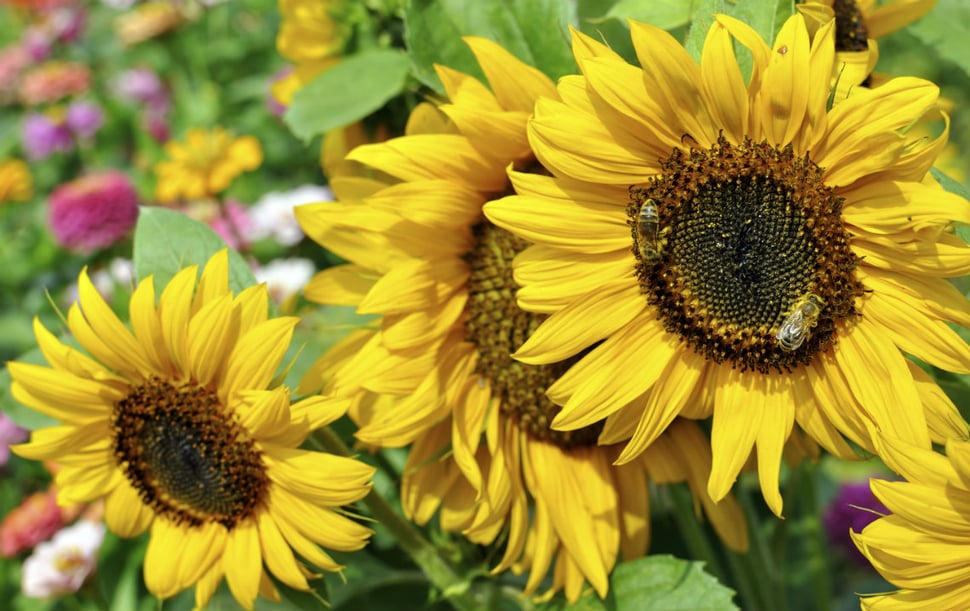
Tip 5: Pair plants wisely.
“The secret is planting stuff that doesn’t need intervention,” she says. Grow flowers with vegetables to attract pollinators and good bugs and birds that eat bad bugs. “My book Vegetables Love Flowers is about the ultimate companion planting: having flowers present in the vegetable patch from spring to fall to attract natures powerful workers,” she says.
Here's more information on how to plant a pollinator in your garden.
Tip 6: Be selective in what you grow.
“Steer clear of needy plants,” she says. “Some plants are not hardy for certain gardens. Don’t just grow the first pretty flower that grabs you,” she says. “There are some flowers that just really attract pests. We don’t grow shasta daisies and gladiolas, for example, because here in our area, the Mid-Atlantic, they attract really bad pests called thrips. We gave up those particular flowers and we have little to no issues now.”
Attracting the Right Bugs to your Cut-Flower Farm.
“You don’t have to use pesticides, organic or otherwise. Just plant flowers,” Ziegler says. “Pollinators and other beneficial insects will come. Attract them with spring flowers, giving a kick start to the good insect population. Bachelor buttons and calendula are two of the heavy hitters in our gardens.”
“Flowers are far more important than a pretty face.” Ziegler says even those who mainly want to grow vegetables should grow flowers alongside their squash, tomatoes, etc.
“Flowers missing from your vegetable patch may just be why you can’t get an organic garden going! To have a garden without using pesticides, you’ve got to have flowers to bring the good bugs in,” she says.
How to Market Your Flowers
“I grow what people would call ‘garden’ flowers,” says Ziegler. Her top five sellers are: sunflowers, zinnias, cockscomb, lisianthus and celosia plumes. “We grow basic garden flowers that typically don’t ship well as imports,” she says. “That’s our market. We grow a lot of the same flowers all season long but change up what colors we are growing for a specific season.”
She sells her flowers to local florists and through her members-only, on-farm market, where customers can pick up flowers on Fridays in season at her farm.
“It’s like a CSA or community-support agriculture,” she says. “People pay for their flowers in the winter, and then they pick up their product from the farm.”
Learn more about starting and running a successful CSA.
She also has a bouquet drop-off subscription service for home or office delivery.
Check The Association of Specialty Cut Flower Growers at www.ascfg.org for more information on flower farming. For more information from Ziegler, see www.thegardenersworkshop.com.


